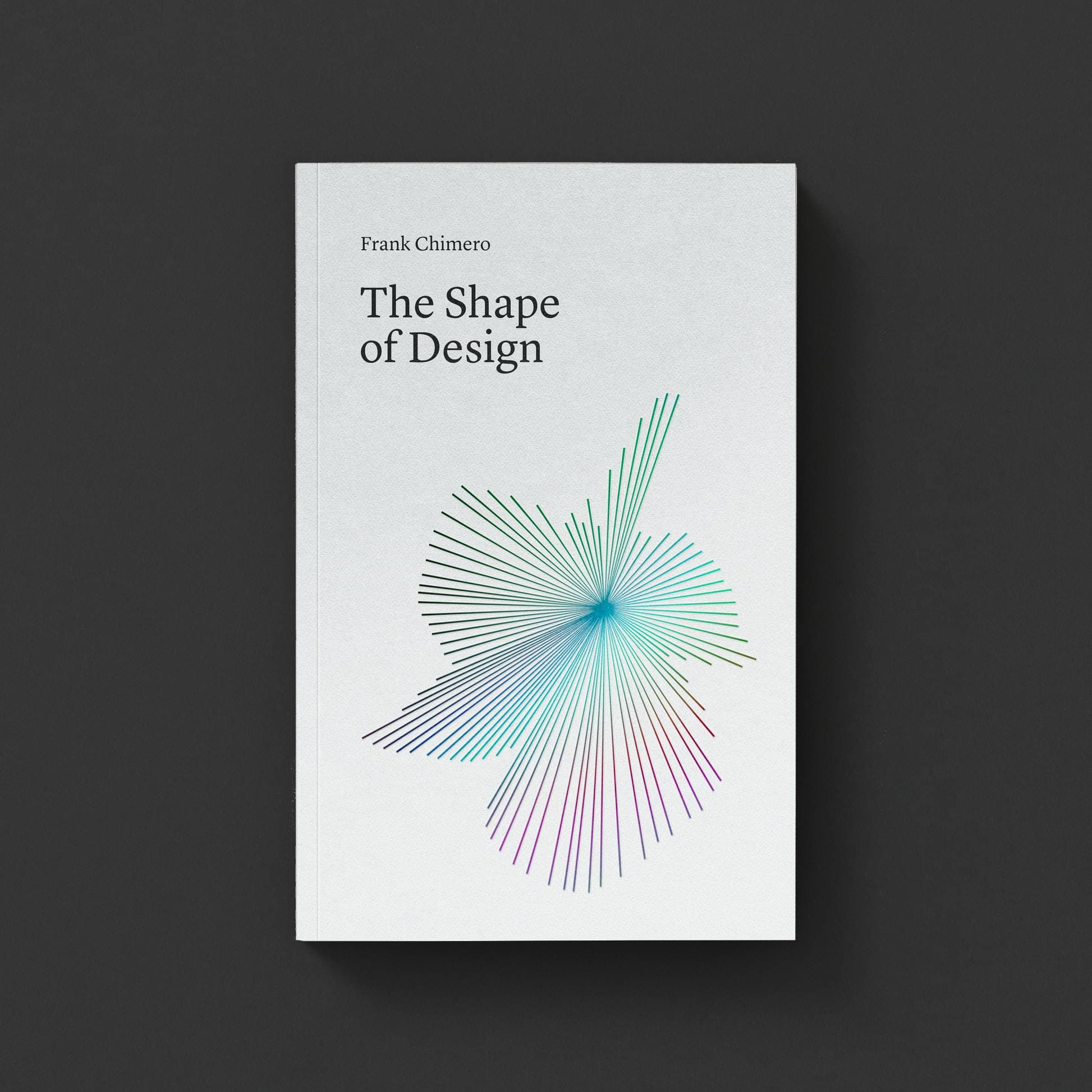Why vs. How
Goodbye, Reading Rainbow. From NPR’s article, emphasis mine:
Grant says that PBS, CPB and the Department of Education put significant funding toward programming that would teach kids how to read — but that’s not what Reading Rainbow was trying to do. “Reading Rainbow taught kids why to read,” Grant says. “You know, the love of reading — [the show] encouraged kids to pick up a book and to read.”
What a shame. Reading Rainbow was a relic of an old world. A world where asking “Why?” was just as important as “How?” Seems that the more complex we make our lives, the more everyone feels we need to explain the How. It’s been a priority shift in education and in what we perceive as the best way to cope with the complexity of the world.
I think this taps in to some of the frustrations I have with how we’re educating and training our design students for the creative fields. I believe we’ve reached a time where we should talk less about How, and refocus on Why in our classrooms. We’ve got a batch of savvy youngsters that grew up with all of this complexity. They don’t need all of the explanations we think they need. Three main points for Why and against the ubiquity of How in classrooms:
One
How is coulda, why is shoulda. How is specifics. Why is motivation. In a world with limited resources (natural resources, time, attention, money), our questions should not be about whether something is possible or how to do it, but whether it’s worth doing it at all. Why is just as much a real-world skill as How. In fact, increasingly so. In my career, the most enjoyable, difficult and common-place jobs I’ve had, I’ve been given an objective rather than a task. (“Realign our company to be xyz,” rather than “redesign our letterhead.”) How is tasks. Why is objectives.
Two
Educational institutions that focus on How age quickly. Their curriculums gather dust, because most can’t keep up with the pace of the fields they’re educating their students to enter. (Hello, web designers.) Educational institutions aren’t known for dexterity. “Why are we being taught this?” is something I hear frequently from my graphic design students about their enrollment in a software class. They already know a great deal about how to operate in the programs. The school can’t act quickly enough to shepherd those who have more advanced skills out of the class because of all the red tape involved. There’s no need to be redundant, especially since the amount of time a student has in contact with an instructor shrinks as class sizes continually grow.
Three
The internet is incredible at answering How questions, and self-education is more accessible than ever. (I’d also argue self-education is a necessary skill.) Also, the tools of our trade are largely democratized (whether the companies that sell them would like it that way or not). A large portion of the students I mentioned above have a knowledge of the software because they were able to get their hands on a bootleg version of Photoshop. Imagine that. A 16 or 17-year-old kid able to mess around with a professional level tool for a couple years before they’re able to go and get proper training. Incredible.ƒ







